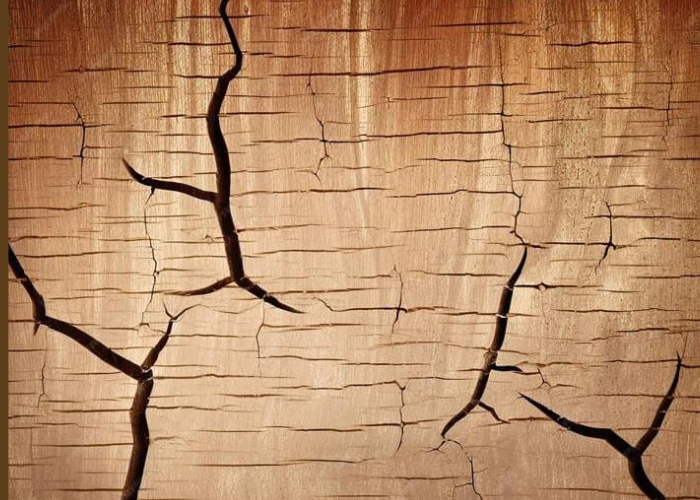Cracks in Wood
In this article, we will provide you with a comprehensive guide on how to fill cracks in wood effectively. Wood is a beautiful and versatile material used in various applications, from furniture to flooring and decorative items. Over time, however, wood can develop cracks due to changes in temperature, humidity, and general wear and tear. These cracks not only affect the aesthetics of the wood but also compromise its structural integrity. But fear not, we have got you covered with our expert tips and techniques to fill wood cracks like a pro!
Understanding Wood Cracks
Before delving into the methods of filling wood cracks, we must first understand the different types of cracks that can occur in wood. There are mainly two types of cracks: surface cracks and through cracks. Surface cracks, also known as checks, are shallow cracks that only affect the top layer of the wood. Through cracks, on the other hand, penetrate through the entire thickness of the wood, posing a more significant challenge for repair.
Assessing the Severity of Cracks
The first step in effectively filling wood cracks is to assess the severity of the damage. We recommend thoroughly inspecting the wood surface and identifying the size and depth of each crack. Small, superficial cracks can be easily repaired, but larger or through cracks may require more extensive restoration.
8 Rot-Resistant Woods That Wood Workers Love
Top 10 Woods Choices for Table Tops
Essential Tools and Materials to fill Cracks in Wood
To successfully fill wood cracks, we need to gather the necessary tools and materials. Here’s a list of items we will require:
Wood Filler: Choose a high-quality wood filler that matches the color of your wood. Opt for a solvent-based filler for better adhesion.
Putty Knife: A putty knife will help us apply the filler smoothly and evenly.
Sandpaper: We will need sandpaper to sand down the filled cracks and ensure a seamless finish.
Wood Stain: If the filled cracks don’t perfectly match the color of the wood, a wood stain can help blend them in.
Protective Gear: It’s crucial to protect yourself with gloves and a dust mask while handling wood filler and sanding.

Step-by-Step Guide to Fill Wood Cracks
Step 1: Clean the Surface
Before we start the filling process, we need to clean the wood surface thoroughly. Remove any dust, debris, or loose wood particles from the cracks. A clean surface ensures better adhesion of the filler.
Step 2: Apply the Wood Filler
Using the putty knife, carefully apply the wood filler into the cracks. We recommend overfilling the cracks slightly to account for any shrinkage that may occur as the filler dries. Smooth out the filler with the putty knife for a level finish.
Step 3: Let the Filler Dry
Allow the wood filler to dry completely, as directed by the manufacturer. Depending on the filler used and the depth of the fractures, this might take several hours. To get the greatest outcomes, be patient throughout this phase.
Step 4: Sand the Filled Cracks
Once the filler has dried, use fine-grit sandpaper to sand down the filled cracks. We want to achieve a smooth and seamless surface, so take your time and sand carefully.
Step 5: Apply Wood Stain (If Needed)
If the filled cracks are still visible after sanding, apply a matching wood stain to blend them with the rest of the wood. Test the stain on a small, inconspicuous area first to ensure a perfect match.
Step 6: Seal and Protect
After we have achieved a flawless finish, it’s essential to seal the wood to protect it from further damage and to preserve the repair work. Apply a wood sealer or varnish according to the product instructions.
Additional Tips for Wood Crack Repair
For larger or through cracks, we can use wooden dowels or wood epoxy to reinforce the repair and add extra strength to the wood.
When using wood filler, we can mix it with sawdust from the same wood species to create a custom color blend that matches the wood’s natural tone more accurately.
Always read and follow the instructions provided by the manufacturer of the wood filler and other products we use in the repair process.
By following these steps and tips, we can confidently fill wood cracks and restore the beauty and integrity of our wooden items. Remember that patience and attention to detail are key to achieving excellent results.
Also read:

